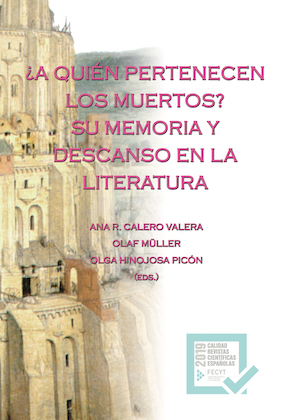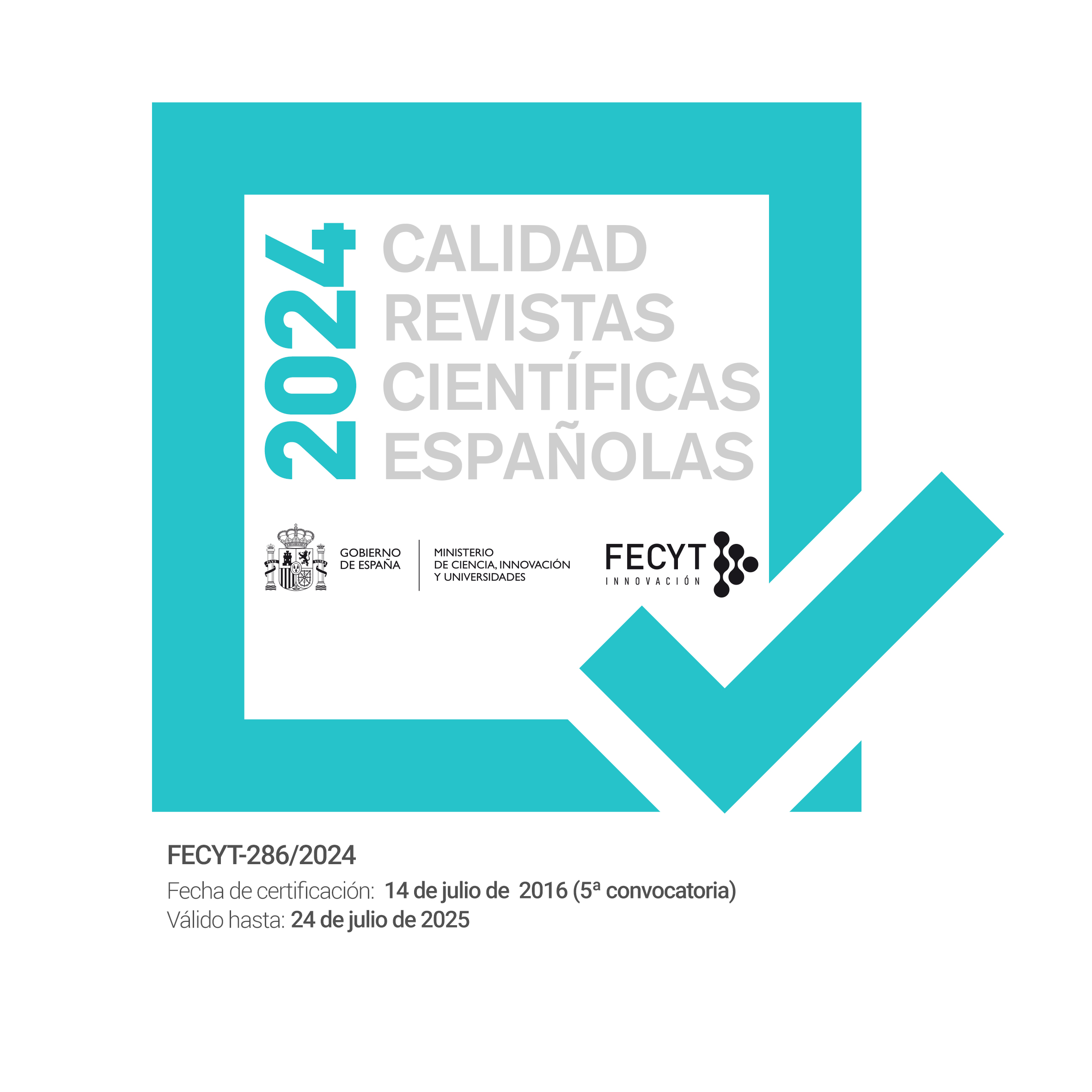African Americans, Lynchings and Memory: Equal Justice Initiative Project or the Dreadful Gift of Pity
DOI:
https://doi.org/10.7203/qdfed.24.16327Keywords:
Empathy, Antigone, dead bodies, Primo Levi, National Lynching Memorial, imagination Abstract
Abstract
Primo Levi in The Drowned and the Saved suggests that it is being present before us that makes it possible to feel pity for a “co-human” sufficient to make us act on our feelings. We care about others in inverse relation to their distance from us. I want to suggest that in the case of the dead who, on the other side of a seemingly unbridgeable chasm, are immeasurably further from us that even the most distant of the living. It is art –broadly understood– that teaches us to feel for them and that makes a narrative in which their bodies and bones matter. It is art that makes the dead live again in culturally important ways. This article takes as its case study the new National Lynching Memorial in Montgomery Alabama.
 Downloads
Downloads
Downloads
Published
How to Cite
-
Abstract598
-
PDF (Español)390
Issue
Section
License
 Este obra está bajo una licencia de Creative Commons Reconocimiento-NoComercial-SinObraDerivada 4.0 Internacional.
Este obra está bajo una licencia de Creative Commons Reconocimiento-NoComercial-SinObraDerivada 4.0 Internacional.
Authors who publish with this journal agree to the following terms:
- Authors retain copyright and grant the journal right of first publication with the work simultaneously licensed under a Creative Commons Attribution License that allows others to share the work with an acknowledgement of the work's authorship and initial publication in this journal.
- Authors are able to enter into separate, additional contractual arrangements for the non-exclusive distribution of the journal's published version of the work (e.g., post it to an institutional repository or publish it in a book), with an acknowledgement of its initial publication in this journal.
- Authors are permitted and encouraged to post their work online (e.g., in institutional repositories or on their website) prior to and during the submission process, as it can lead to productive exchanges, as well as earlier and greater citation of published work (See The Effect of Open Access).




